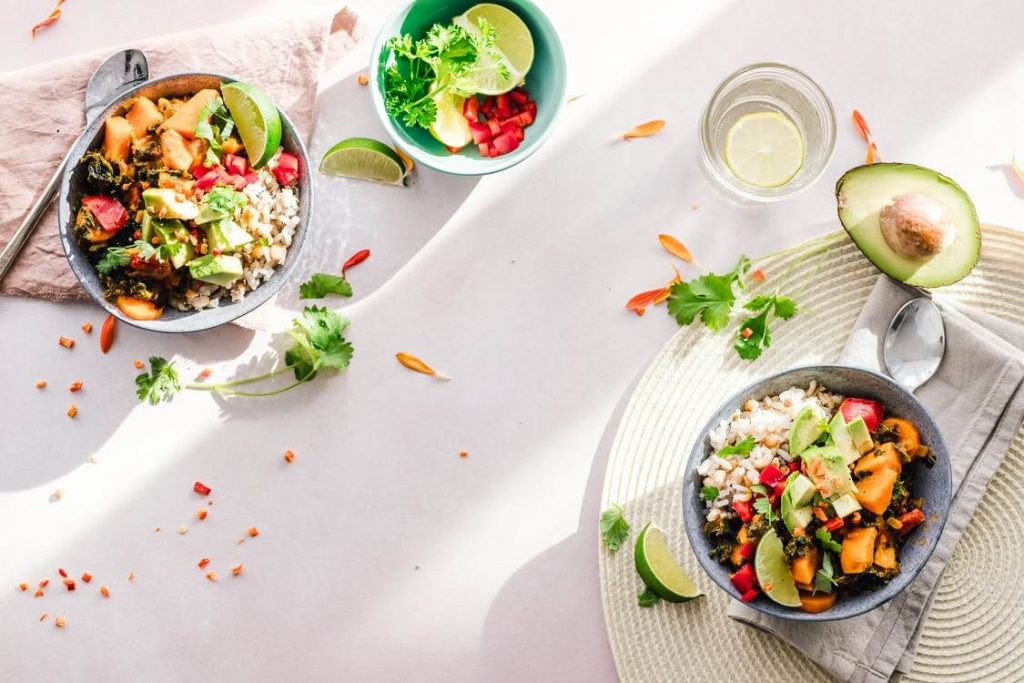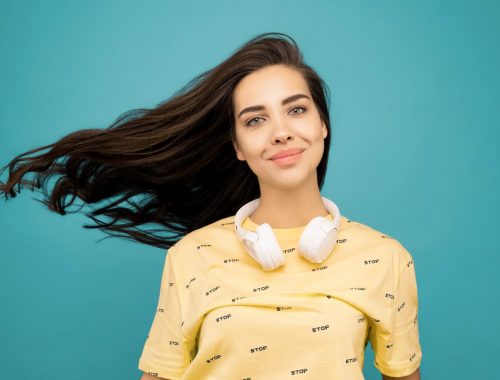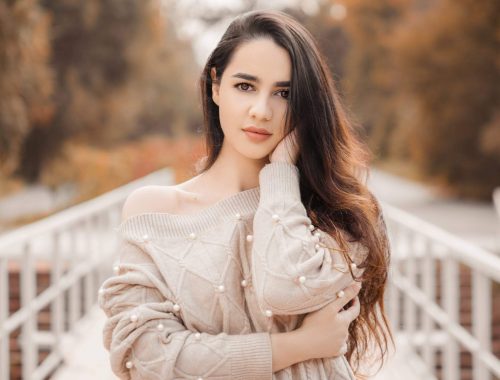Connection Between Iron Deficiency and Hair Loss: How to Boost Iron Levels Through Diet
Iron is an essential mineral that plays a critical role in the production of hemoglobin, a protein that carries oxygen throughout the body. When the body doesn’t have enough iron, it can lead to iron deficiency anemia, a condition where the body doesn’t have enough red blood cells. One of the most common symptoms of iron deficiency anemia is hair loss.
Iron deficiency is the most common nutrient deficiency in the world, and it is particularly prevalent among women. In fact, according to the World Health Organization (WHO), anemia affects around 30% of women of reproductive age worldwide.

Hair loss can occur as a result of iron deficiency anemia because the body’s cells need oxygen to function properly, and hemoglobin carries oxygen to the cells. When there isn’t enough hemoglobin in the blood, the cells don’t get enough oxygen, and the hair follicles can’t produce new hair.
There are several other symptoms of iron deficiency anemia, including fatigue, weakness, pale skin, cold hands and feet, and brittle nails. If you suspect you have iron deficiency anemia, it’s important to see a doctor for a blood test to confirm the diagnosis.
Boosting Iron Levels Through Diet
If you have been diagnosed with iron deficiency anemia, your doctor may recommend taking iron supplements or increasing your intake of iron-rich foods. Here are some examples of foods that are high in iron:
- Meat: Red meat, poultry, and pork are all good sources of iron.
- Seafood: Oysters, clams, and mussels are particularly high in iron.
- Leafy Green Vegetables: Spinach, kale, and collard greens are all high in iron.
- Beans and Lentils: These plant-based proteins are also high in iron.
- Nuts and Seeds: Pumpkin seeds, sesame seeds, and cashews are all good sources of iron.
- Fortified Cereals: Some breakfast cereals are fortified with iron.
- Dried Fruits: Prunes, raisins, and apricots are all high in iron.
To help your body absorb iron more effectively, it’s important to pair iron-rich foods with foods that are high in vitamin C. Vitamin C helps the body absorb iron more efficiently. Some good sources of vitamin C include oranges, strawberries, kiwi, and bell peppers.
In addition to adding iron-rich foods to your diet, it’s also important to avoid foods that can interfere with iron absorption. These include:
- Tea and Coffee: The tannins in tea and coffee can inhibit iron absorption.
- Dairy Products: Calcium can also interfere with iron absorption.
- Whole Grains: Phytates and other compounds in whole grains can inhibit iron absorption.
- Fiber: Eating foods that are high in fiber can make it more difficult for the body to absorb iron.
- Alcohol: Drinking too much alcohol can damage the liver and make it more difficult for the body to absorb iron.
It’s also important to note that iron supplements can have side effects, such as constipation and stomach upset. If you’re considering taking iron supplements, it’s a good idea to talk to your doctor first.
Iron deficiency anemia is a serious condition that can lead to hair loss and other serious health problems. If you suspect you have iron deficiency anemia, it’s important to see a doctor for a blood test to confirm the diagnosis. If you are diagnosed with iron deficiency anemia, your doctor may recommend taking iron supplements or increasing your intake of iron-rich foods.
To Avoid Iron Deficiency Anemia and Its Symptoms, You Can Focus on Eating
a diet that is rich in iron, pairing iron-rich foods with foods that are high in vitamin C, and avoiding foods that can interfere with iron absorption. Eating a balanced diet, including fruits, vegetables, lean proteins, and whole grains, can also help ensure that your body is getting the nutrients it needs.
Here are Some Tips to Boost Iron Levels through Diet:
- Include red meat, poultry, and pork in your diet as they are rich sources of iron
- Oysters, clams, and mussels are also excellent sources of iron
- Leafy green vegetables like spinach, kale, and collard greens are also high in iron
- Beans and lentils are great plant-based sources of iron
- Nuts and seeds like pumpkin seeds, sesame seeds, and cashews are also good sources of iron
- Dried fruits like prunes, raisins, and apricots are high in iron
- Pair iron-rich foods with vitamin C-rich foods like oranges, strawberries, kiwi, and bell peppers
- Avoid foods that can interfere with iron absorption like tea, coffee, dairy products, whole grains, fiber, and alcohol
- Consider taking iron supplements under the guidance of a doctor
Iron deficiency anemia is a common condition that can lead to hair loss and other serious health issues. To avoid this condition and its symptoms, it’s essential to eat a balanced diet that includes iron-rich foods, pair them with vitamin C, and avoid foods that can interfere with iron absorption. Regular check-ups with a doctor and getting blood tests done can also help in the early detection of iron deficiency anemia, and proper treatment can be started.
You May Also Like

Benefits of an Anti-Inflammatory Diet for Hair Health
January 28, 2023
Best Supplements for Hair Growth: What Vitamins and Minerals Can Help Promote Hair Health
January 27, 2023


